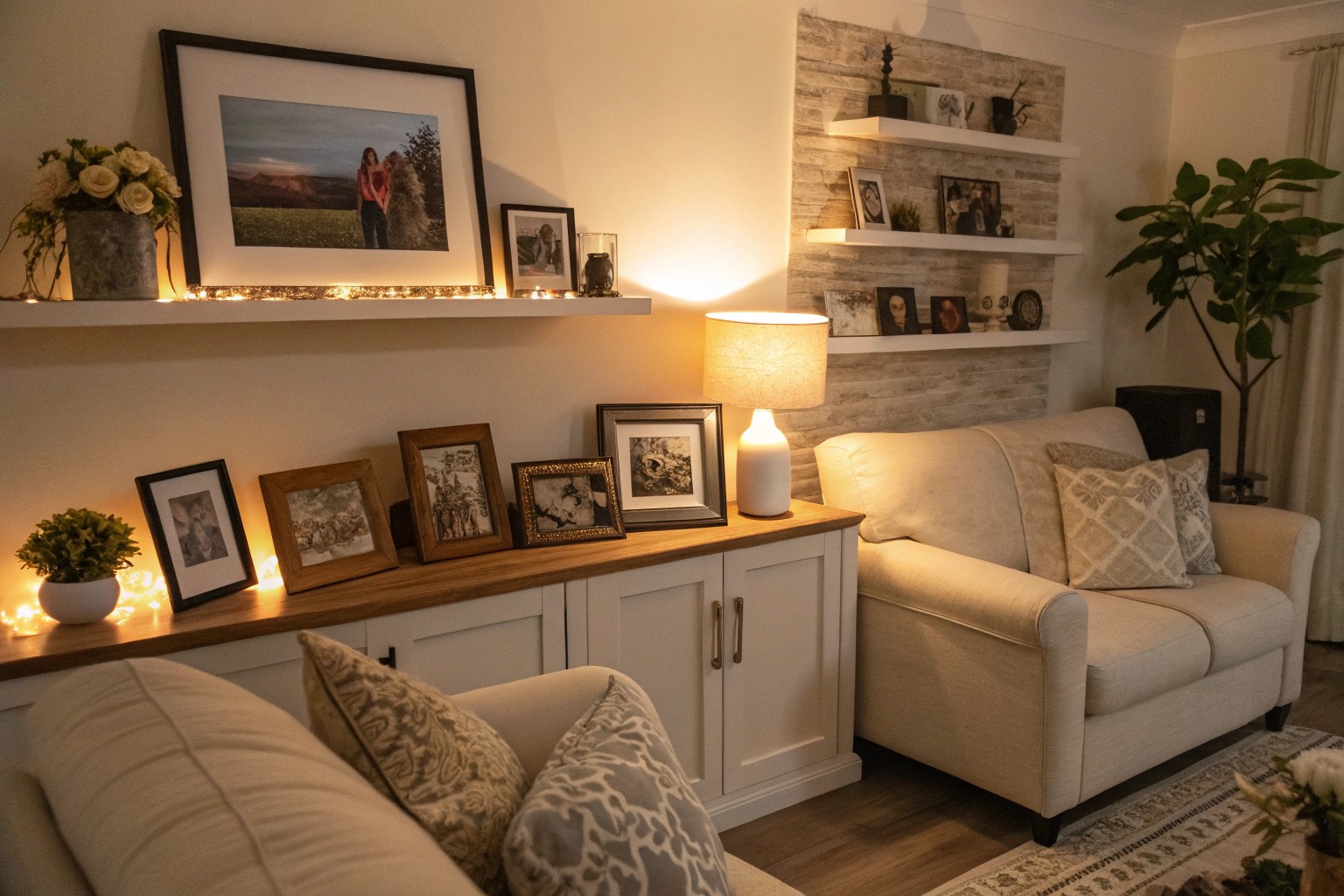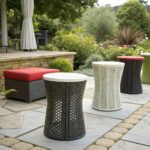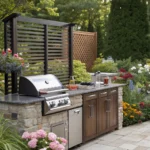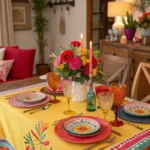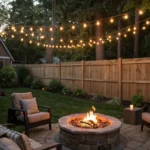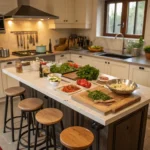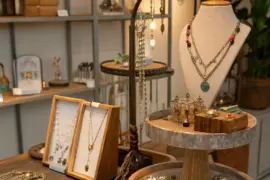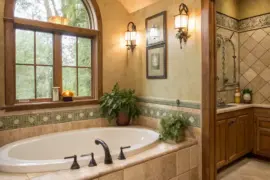When we experience loss, our relationship with our physical environment fundamentally shifts—familiar spaces suddenly feel foreign, cherished objects become heavy with memory, and the very act of moving through our homes can trigger waves of emotion. Understanding how to thoughtfully integrate memorial elements while maintaining functional, livable spaces requires both sensitivity and strategic design planning.
Understanding the Psychology of Objects and Space in Grief
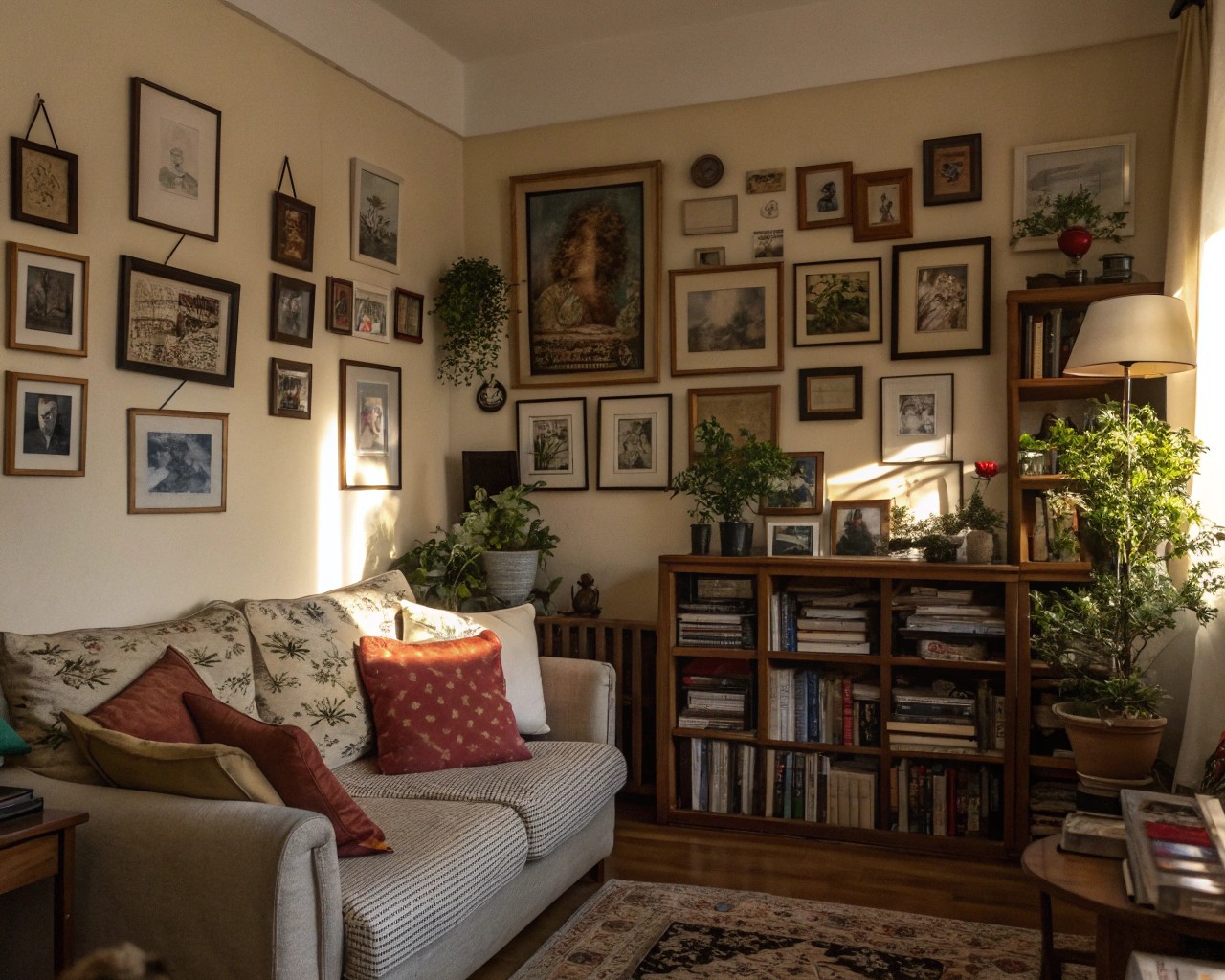
The connection between grief and our physical environment runs deeper than simple sentiment. Research indicates that 40% of bereaved individuals credit gardening with helping them navigate their grief, while 51% find that these activities help keep their loved one’s memory alive. This phenomenon extends beyond gardens to encompass all designed spaces where memory and daily life intersect.
Objects and spaces serve multiple psychological functions during grief processing. They provide what grief therapists call “continuing bonds”—tangible connections that allow relationships to evolve rather than simply end. Physical artistic creations left behind by the departed are particularly powerful, as they “capture the soul of their creators” and provide “endless opportunities to spend time with, continue to learn from, and celebrate those who have passed”.
The Four Tasks of Mourning in Design Context
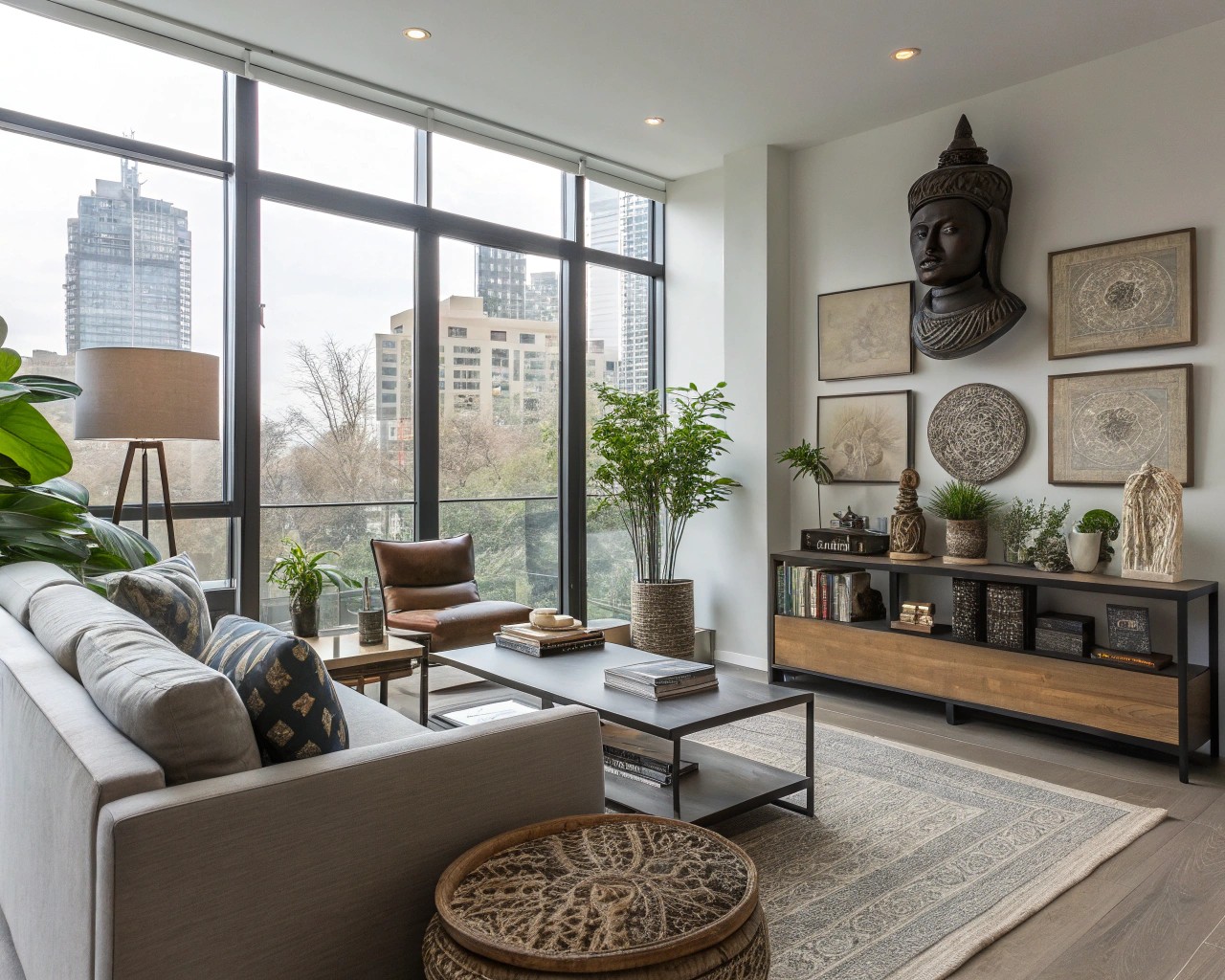
Contemporary grief theory identifies four key tasks that inform how we approach memorial design:
- Accepting the reality of the loss: Creating spaces that acknowledge change
- Processing the pain of grief: Providing safe environments for emotional expression
- Adjusting to life without the deceased: Maintaining functional daily spaces
- Finding enduring connections: Integrating meaningful objects and memories
These tasks aren’t linear—they overlap and cycle, which means our designed spaces must be flexible enough to support different emotional needs over time.
Creating Indoor Memorial Spaces
Establishing Memory Corners
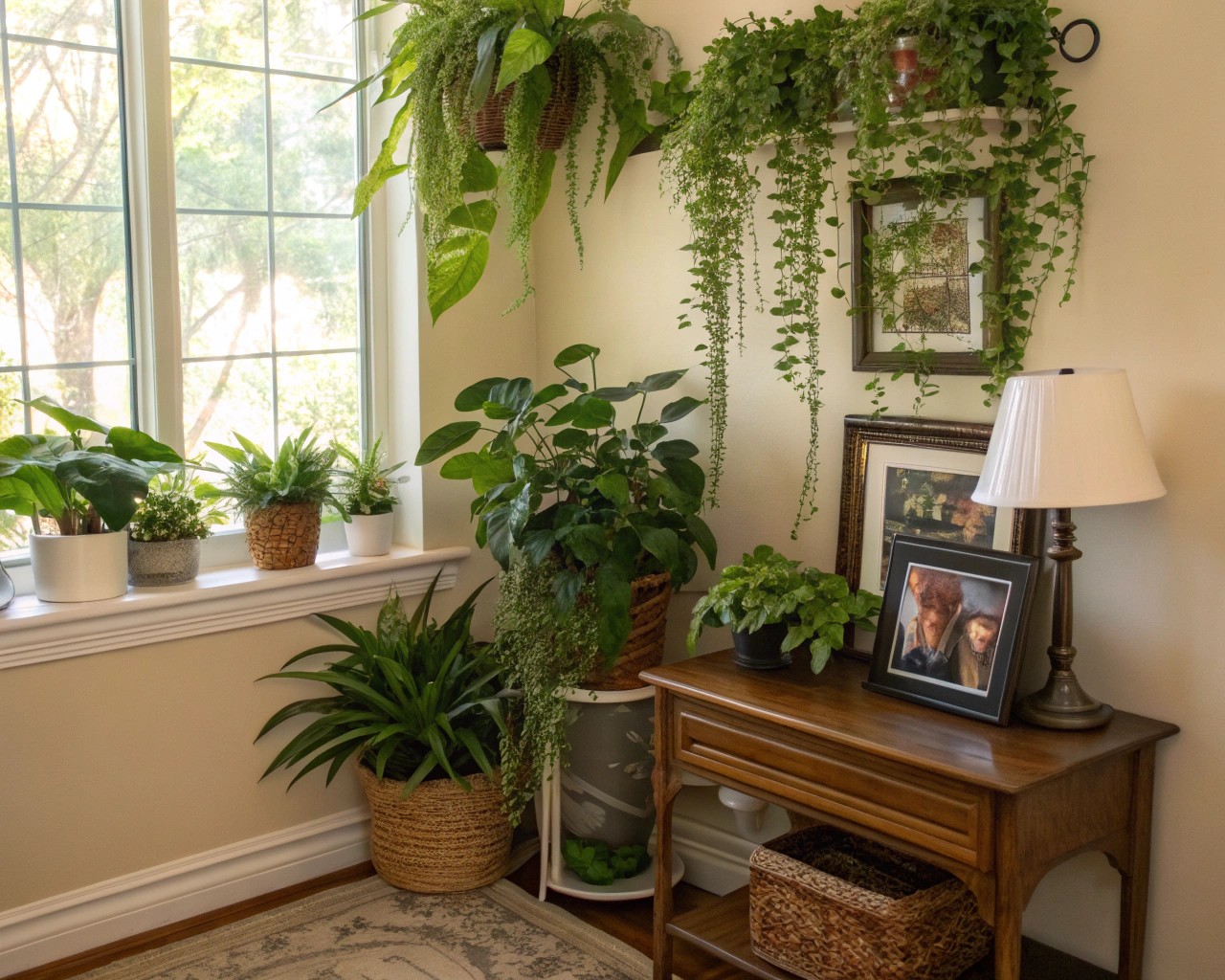
A dedicated memory corner provides focus and intention for remembrance without overwhelming your living space. The key is selecting a location that feels both personal and peaceful—perhaps a corner of your living room, a nook in your bedroom, or a small hallway table.
Essential Elements for Memory Corners:
| Element | Purpose | Examples |
|---|---|---|
| Focal Point | Anchors the space visually | Framed photograph, memorial sculpture |
| Personal Items | Connects to specific memories | Jewelry, books, handwritten letters |
| Living Elements | Symbolizes ongoing life | Small plants, fresh flowers |
| Comfort Features | Invites contemplation | Cushion, small chair, soft lighting |
I’ve found that the most successful memory corners incorporate elements that engage multiple senses. A small dish containing a favorite perfume or cologne can be as powerful as any visual element, while textured objects like a worn sweater or smooth stone provide tactile comfort.
Integrating Memorial Elements into Existing Decor
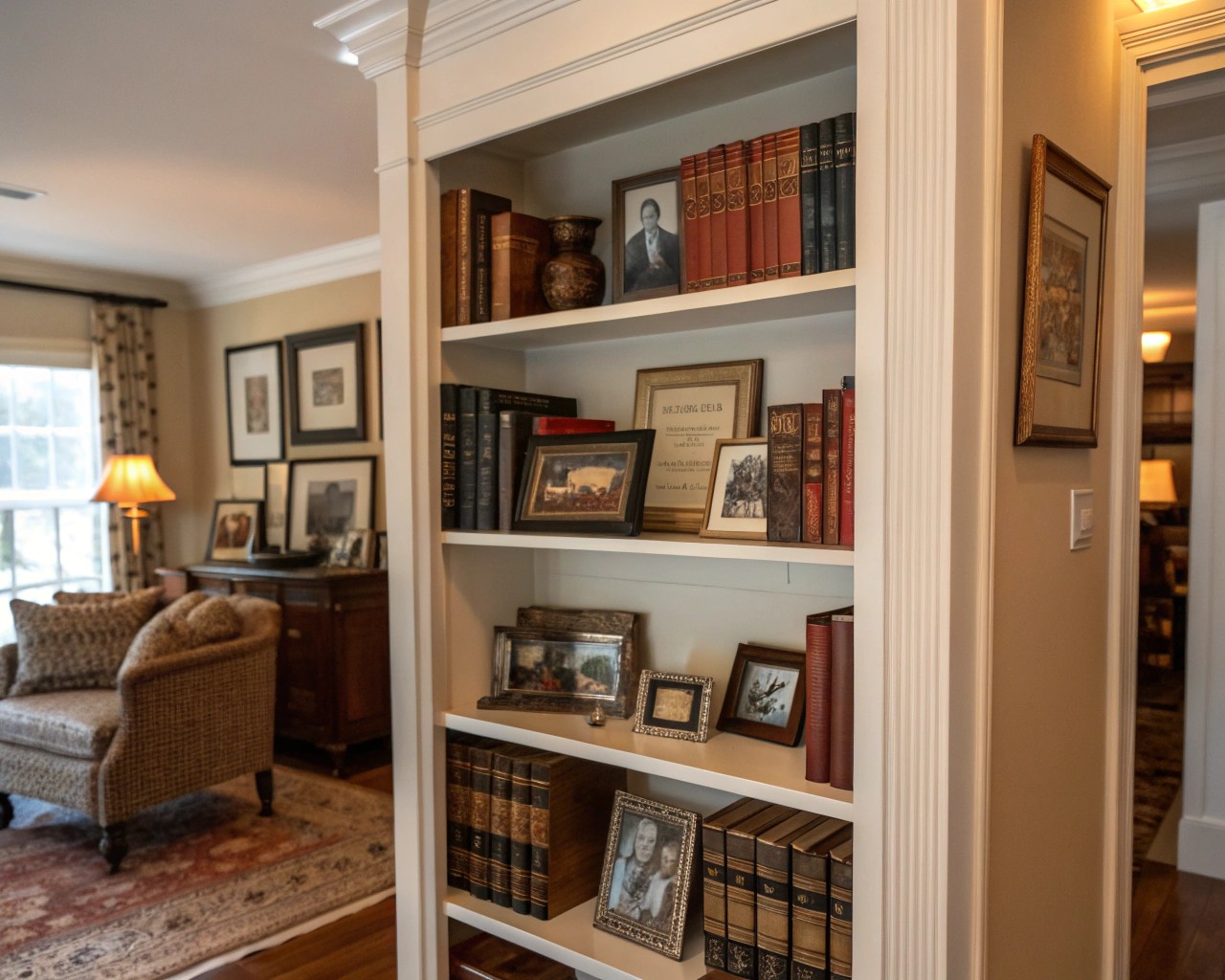
The goal isn’t to create a shrine that dominates your living space, but rather to weave meaningful elements throughout your home in ways that feel natural and supportive. This approach prevents any single area from feeling overwhelmingly sorrowful while ensuring memories remain accessible in your daily routine.
Subtle Integration Strategies:
- Gallery Walls: Combine memorial photos with other artwork and family pictures
- Functional Displays: Use a favorite mug as part of your kitchen display or place a memorial photo on your desk
- Seasonal Rotations: Swap out displayed items periodically to keep the space feeling fresh and evolving
- Shadow Boxes: Create artistic arrangements combining photos, pressed flowers, ticket stubs, or small personal items
Working with Professional Memorial Objects
Modern memorial options extend far beyond traditional urns. Parting Stone solidified remains, for example, transform cremated remains into smooth, stone-like pieces that integrate seamlessly into home decor. These can be displayed in decorative bowls, arranged in terrariums with plants, or incorporated into water features for a calming effect.
Designing Memorial Gardens and Outdoor Spaces
Site Selection and Planning
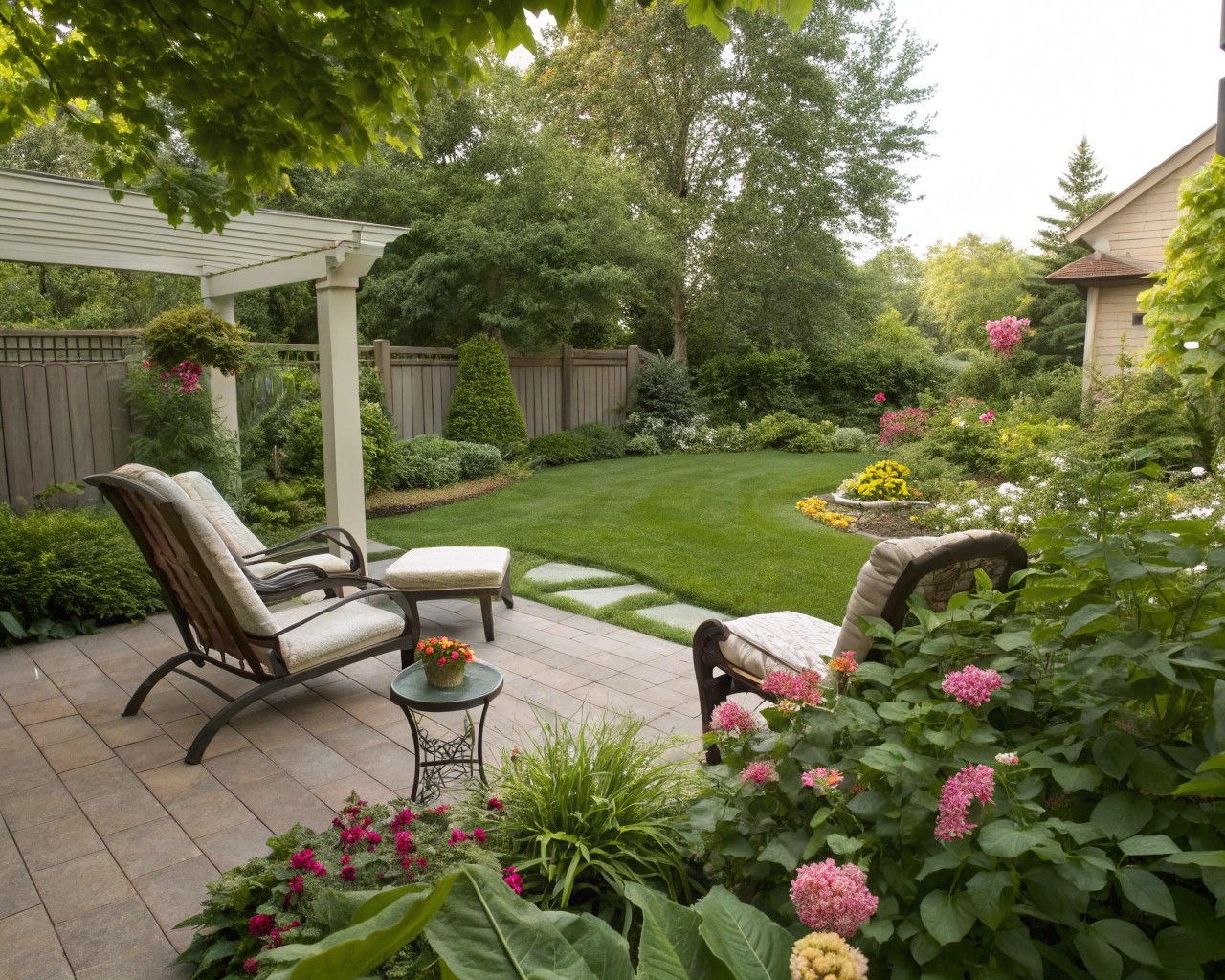
The location of your memorial garden carries profound importance. Look for areas that hold personal significance—perhaps a beloved backyard corner, a spot with particular natural beauty, or even a section of a community garden if space is limited. Consider practical factors like sunlight exposure, drainage, and accessibility alongside emotional resonance.
Key Site Characteristics:
- Tranquility: Away from high-traffic areas and noise
- Natural Features: Existing trees, water sources, or topographical interest
- Symbolic Potential: Views, orientations, or landscape elements with personal meaning
- Maintenance Access: Realistic for long-term care and seasonal attention
Plant Selection for Memory Gardens
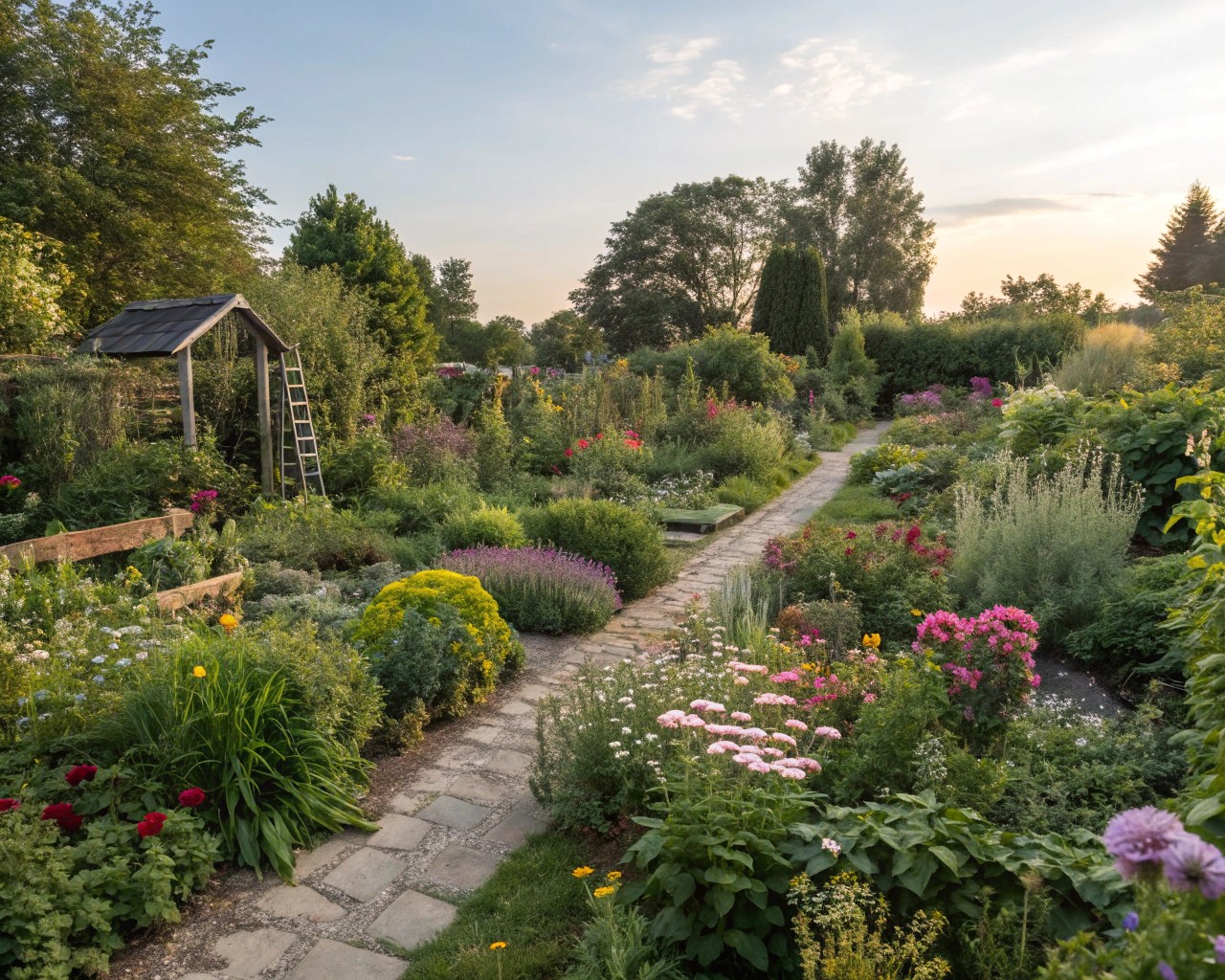
Plant choices should reflect both practical considerations and emotional connections. I recommend building your memorial garden around three categories of plants: symbolic choices that held meaning for your loved one, sensory plants that trigger positive memories, and structural plants that provide year-round beauty and require minimal maintenance.
Symbolic Plant Categories:
| Plant Type | Symbolic Meaning | Practical Benefits |
|---|---|---|
| Red Roses | Love and courage | Long blooming season, classic beauty |
| White Astilbe | Peace and remembrance | Shade tolerance, delicate texture |
| Blue Forget-Me-Nots | Loyalty and fidelity | Self-seeding, early spring color |
| Native Grasses | Connection to place | Low maintenance, wildlife habitat |
Beyond symbolism, consider plants that engage the senses. Fragrant herbs like lavender or rosemary can trigger powerful memory connections, while ornamental grasses provide gentle movement and sound that creates a meditative atmosphere.
Creating Contemplative Features
Memorial gardens benefit from elements that encourage quiet reflection and provide focal points for remembrance. These features don’t need to be elaborate—often the simplest additions prove most meaningful.
Essential Garden Elements:
- Seating Areas: Benches positioned to take advantage of views or shade
- Pathways: Define circulation and create a sense of journey through the space
- Water Features: Provide soothing sounds and visual interest
- Memorial Markers: Stones, plaques, or artistic elements that honor specific memories
- Seasonal Interest: Ensure the garden remains beautiful throughout the year
One client created a memorial pathway using stepping stones, each inscribed with a word that described their father’s character. The path led from their back door to a simple wooden bench positioned to overlook his favorite view—a design that invited daily interaction while maintaining subtle dignity.
Working with Symbolic Objects and Personal Items
Understanding Object Symbolism in Grief
Grief therapists identify several categories of ritual objects that serve different functions in the healing process. Understanding these categories helps guide decisions about which items to keep, display, or transform into new memorial pieces.
Types of Memorial Objects:
- Framing Objects: Items that create sacred space or mark ritual time (candles, special cloths)
- Remembering Objects: Photographs, personal belongings, written materials
- Capturing Objects: Items that contain or represent grief itself (memory jars, grief journals)
- Processing Objects: Tools for working through emotions (art supplies, musical instruments)
- Transformational Objects: Items created or modified during the grief process
- Future-Oriented Objects: Elements that connect memory to ongoing life
Creating New Memorial Objects
Sometimes the most meaningful memorial pieces are those we create ourselves, combining elements from a loved one’s belongings with new materials that reflect our evolving relationship with their memory. This process of creation can be deeply therapeutic while producing objects perfectly suited to your space and needs.
DIY Memorial Projects:
- Memory Jars: Combine handwritten notes, small mementos, and dried flowers in beautiful containers
- Fabric Memory Quilts: Transform clothing into wall hangings or functional pieces
- Photo Collages: Create artistic arrangements that tell the story of a relationship
- Garden Stepping Stones: Embed meaningful objects in concrete for outdoor memorial paths
- Shadow Box Displays: Arrange three-dimensional collections of meaningful items
Preserving and Displaying Heirlooms
Artistic works left behind by deceased loved ones require special consideration, as they provide “a window into their lives” and offer “endless opportunities to spend time with” those we’ve lost. These pieces deserve display methods that both preserve them and make them accessible for ongoing connection.
Heirloom Display Strategies:
- Rotating Exhibitions: Change displayed pieces seasonally to keep the connection fresh
- Digital Archives: Photograph or scan works to create permanent records while rotating physical displays
- Interactive Arrangements: Place works where you’ll encounter them during daily activities
- Protected Environments: Use appropriate lighting and climate control for fragile pieces
Balancing Memorial Elements with Daily Living
Maintaining Functional Spaces
The challenge in memorial design lies in honoring memory while preserving the functionality needed for daily life. Successful memorial spaces support both remembrance and ongoing living, avoiding the extremes of shrine-like preservation or complete erasure of memory.
I’ve learned that the most sustainable memorial designs are those that enhance rather than compromise daily routines. A memorial shelf in the kitchen might display a loved one’s favorite cookbook alongside their photograph, creating a space that honors memory while supporting ongoing meal preparation.
Managing Emotional Triggers
Living with memorial objects means accepting that certain items or spaces will occasionally trigger intense emotions. Trauma-informed design principles suggest creating environments that provide both comfort and a sense of safety. This might mean positioning memorial elements where you can choose when to engage with them, or creating “breathing room” around particularly emotional objects.
Emotional Regulation Strategies:
- Controlled Exposure: Place intense memorial items where you can choose when to see them
- Comfort Zones: Surround memorial areas with elements that provide emotional support
- Escape Routes: Ensure memorial spaces have clear sight lines to other areas
- Seasonal Adjustments: Modify displays around anniversaries or difficult periods
Integrating Professional Support
Working with grief-informed design professionals can provide valuable perspective when creating memorial spaces. Interior designers experienced in trauma-informed practice understand how environmental factors influence emotional regulation and can help create spaces that support rather than hinder healing.
Professional services might include space planning that accounts for changing emotional needs, material selection that balances durability with comfort, or lighting design that creates appropriate mood without feeling oppressive.
Professional Approaches to Grief-Informed Design
Research-Based Design Strategies
Professional designers working with grieving clients emphasize the importance of thorough research before beginning any project. This includes understanding the specific nature of the loss, the client’s grief processing style, and their cultural or religious background. Without this foundation, design becomes “guesswork” rather than informed practice.
Design Research Components:
- Loss History: Understanding the relationship and circumstances of death
- Grief Style: Identifying whether the client processes internally or externally
- Cultural Context: Respecting religious or cultural mourning traditions
- Practical Needs: Assessing space limitations, budget, and maintenance capacity
- Timeline Sensitivity: Recognizing that grief needs change over time
Creating Flexible Design Solutions
The most successful memorial designs accommodate the non-linear nature of grief by building in flexibility from the beginning. This might mean choosing modular furniture that can be reconfigured, selecting plants that can be transplanted, or creating display systems that allow for easy modification.
One effective approach involves designing “growth zones”—spaces intentionally left partially undefined so they can evolve as the grieving process progresses. A memorial garden might include prepared planting beds that remain empty initially, ready for future additions when the client feels emotionally prepared.
Material and Color Psychology
Environmental psychology research informs professional approaches to memorial design, particularly regarding color, texture, and material choices. Soft, natural materials tend to feel more comforting than hard, industrial ones, while color palettes that incorporate both the loved one’s preferences and the griever’s current emotional needs create more supportive environments.
Material Considerations:
- Natural Materials: Wood, stone, and plant materials often feel more comforting than synthetic alternatives
- Texture Variety: Combining smooth and textured surfaces provides sensory richness
- Color Temperature: Warm colors generally feel more supportive than cool ones, though personal preference matters most
- Maintenance Requirements: Choose materials that match the client’s current capacity for upkeep

